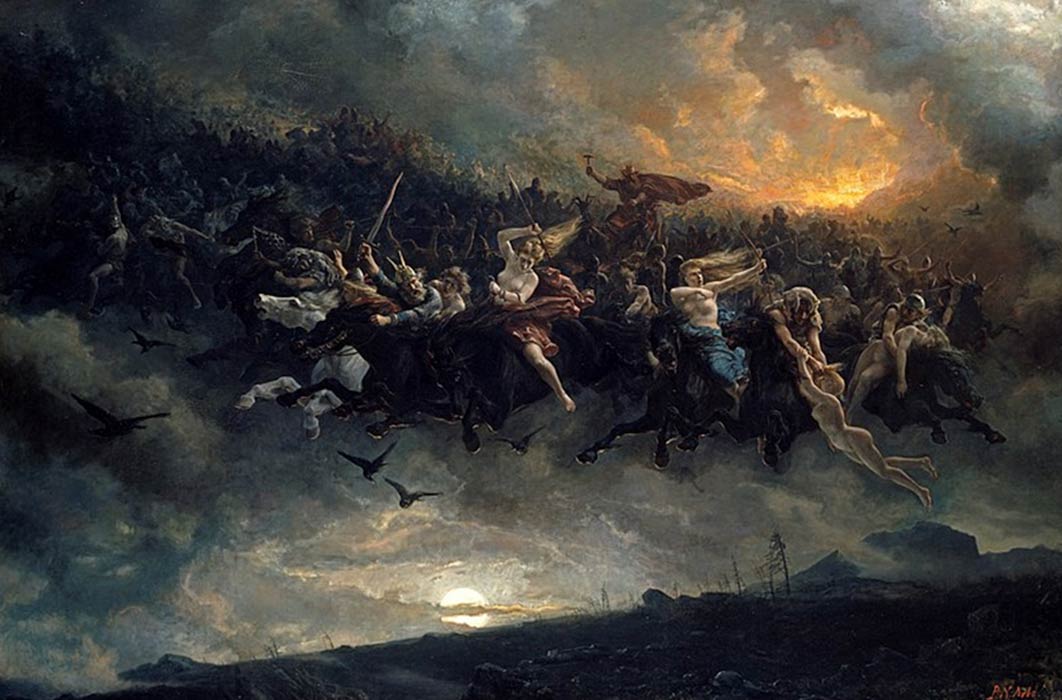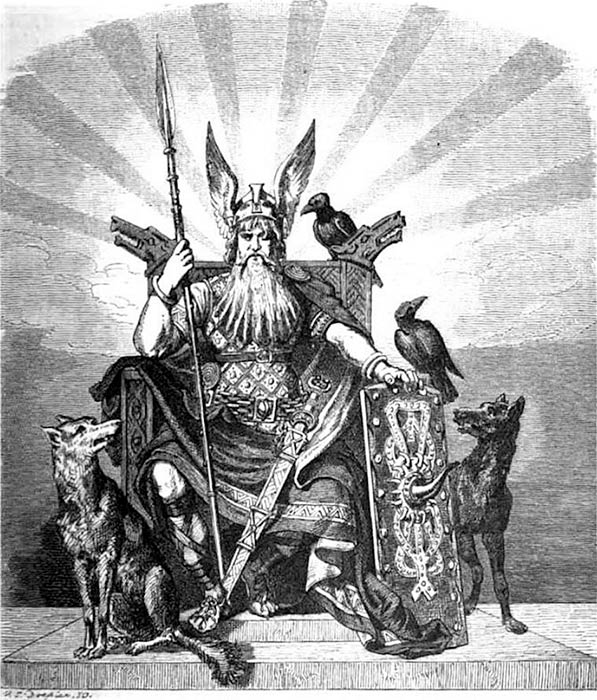
The God-Gifted Weapons of Norse Mythology
The Vikings were warriors and therefore weaponry was at the forefront of their culture, and this is why the heroes and gods of Norse religion and folklore were armed with a range of awesome weapons that were used to control and alter the natural course of things, including the physical laws of the Norse universe.

Odin, the All-Father of Nordic Gods by Carl Emil Doepler (1824-1905) - Wägner, Wilhelm. 1882. Nordisch-germanische Götter und Helden. (Public Domain)
Norse mythology encompasses the supernatural beliefs of the Northern Germanic pagans around the time of the Viking Age (c. 790 - c. 1100 AD). The Viking world begins with a creation myth about the premier gods slaying a giant and turning its body parts into places in the Norse universe. Various dimensions of existence, known as realms, extended from the World Tree, Yggdrasil at the beginning of creation, yet the Nordic mythological world ended with the battle of Ragnarök. A selection of characters from the rich Nordic pantheon of entities, monsters, deities and heroes mentioned in medieval Nordic sagas, are each associated with a magical, god-gifted weapon.

Odin and the Völva prophetess - Odin holding the spear Gungir, by Lorenz Frølich (1885) Published in Karl Gjellerup’s Den ældre Eddas Gudesange. (Public Domain)
While the Nordic mythological corpus is woven together with gods and all sorts of malevolent energies, underpinning almost every story is the application of a particular, always god-given weapon. Looking closer at these divine tools of war, one can access hitherto hidden dimensions of understanding Norse myths, and the role they played in early Scandinavian societies.
Sigurd And His Sword Gram
Sigurd was a legendary 11th-century hero of Germanic mythology who features on Swedish rune stones and on British stone crosses, as well as in the Volsungs, in the Volsunga Saga. Sigurd used a magic sword called Gram, to slay the great dragon Fafnir. Reflecting descriptions of the Greek hero Hercules, some historians have drawn parallels between the dragon-slayer of myth, Sigurd, and the real life Sigebert I from the Frankish Merovingian dynasty, but most believe Sigurd had purely mythological origins. However, in both Norse and Germanic mythological traditions Sigurd dies in a violent quarrel between his wife Gudrun and his lover Brunhild, after he persuaded her to marry the Burgundian king Gunner/Gunther.

Sigurd slaying the dragon Fafnir in Hylestad Stave Church (12th century) (Jeblad/CC BY-SA 3.0)




